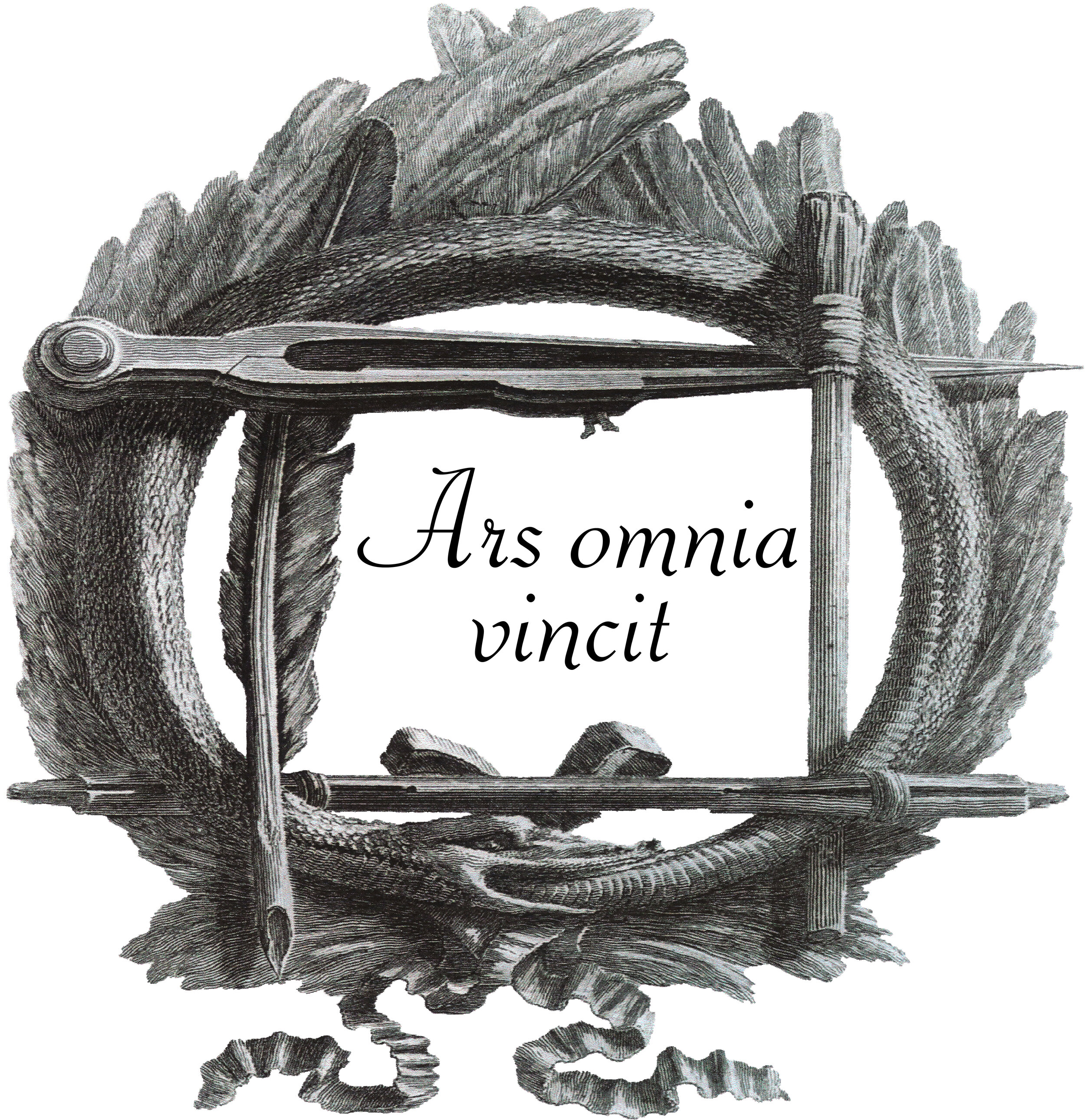Villa Mills on the Palatine Hill in Rome


Villa Mills on the Palatine Hill in Rome
Mixed technique on cardboard within a contemporary gilt wood frame depicting a rare view of Villa Mills in Rome on the Palatine demolished in the 1920s.
Unknown artist, German school dated 23.2.06
Dimensions 38.5 x 55 cm
Excellent condition commensurate with age.
Villa Mills, formerly known as Villa Mattei al Palatino, was a villa in Rome located above the Palatine between via di San Bonaventura and via dei Cerchi, in the Campitelli district. Built over the Domus Augustana and Domus Flavia, it was demolished at the beginning of the 20th century to allow excavations of the archaeological site.
In the 16th century, the area where Villa Mills was located was essentially composed of gardens and vineyards, part of the famous Farnesian Gardens on the Palatine created by Cardinal Alessandro Farnese.
A small country house was built by the Stati family above the ancient Domus Augustana, with a small loggia decorated with frescoes by Baldassarre Peruzzi - depicting the zodiac, the muses and other classical themes - and by other painters in Raphael's workshop. Later the villa passed through the hands of the main families of Rome, such as the Colonna, the Mattei di Giove, the Spada and the Magnani, and other lesser known owners, and was known as Villa Mattei al Palatino or Villa Stati-Mattei.
In 1818 the property was purchased by Charles Andrew Mills (1770-1846) and the English archaeologist William Gell (1777-1836). In 1824 the two restored the small open Renaissance loggia which housed Peruzzi's frescoes. Later on the pendentives of the painted arches on the first floor were placed medallions with a rose, a thistle and a clover while the pillars of the gate of entrance were decorated with thistles.
In 1846, Robert Smith (1787-1873), a former official of the East India Company, purchased Villa Mills after marrying a French heiress, Julia Adelaide Vitton de Claude, and the birth of the couple's son, Robert Claude, born in Venice in 1843. Morton believes that it was Mills who added Gothic elements to the villa using the services of a "fashionable English architect" to create "pinnacles, battlements, frames and cloisters" and also two Chinese pagodas, painted yellow, above the Augustan baths. Given the lack of evidence on Mills' "changes", it can be argued that it was Smith who was responsible for it, not him.
Although some evidence suggests that the villa was built by Mills, as the thistles indicate in the decoration, a reference to its Scottish origin, the building reveals much more than Smith's mixed style, with Gothic and Italian elements connected to other Indians in a central rotunda flanked by two octagonal towers with a loggia with arches at the bottom: with the ruins of ancient civilizations under the building and a grandiose panorama at the top, the villa's design recalls that of a Delhi bungalow.
Confirming this thesis is the fact that those who remained in the villa while Charles Mills was alive did not mention the "eccentric" aspect of the complex, which he would certainly have done if the changes were already present. In these reports, the garden seems to have been the most attractive point of the villa rather than the architecture of the building, making it even more likely that the new additions were the work of Smith and not of Mills.
In 1856, the property was sold to the sisters of the Visitazione, and enlarged by Virginio Vespignani. However, being built over the ruins of the ancient imperial palaces of the Palatine, the villa incorporated precious evidence of the early stages of the Roman Empire into private property.
Although excavations had been carried out on the site in the mid-eighteenth century, at a certain point research and the preservation of knowledge of the oldest ages of the city became a priority, through far deeper explorations than the simple summary inspections carried out up to then. The choice to demolish the villa became inevitable, an operation carried out under the direction of the archaeologist Alfonso Bartoli, responsible for the excavations of the Roman Forum and the Palatine Hill, who claimed that the new discoveries would largely justify the destruction of the magnificent building. The excavations conducted between 1926 and 1929 were very productive and, consequently, the only surviving structure of the Renaissance complex is a small loggia left over from the old palace, and a more recent structure, already built by the sisters of the Visitation, which has become the seat of the Palatine Antiquarium.
After the demolition of Villa Mills, systematic excavations were started on the site and the residences where the first Roman emperors lived were brought to light: the Domus Augustana, which was the private part of the building with the apartments and the private baths of the augustus, enlarged by Domitian.
After the demolition of Villa Mills, one of the few preserved structures was called "Loggetta Mattei" or "Casina Farnese", which had housed Baldassarre Peruzzi's frescoes, and a 19th-century building where the Palatine Antiquarium is located.








